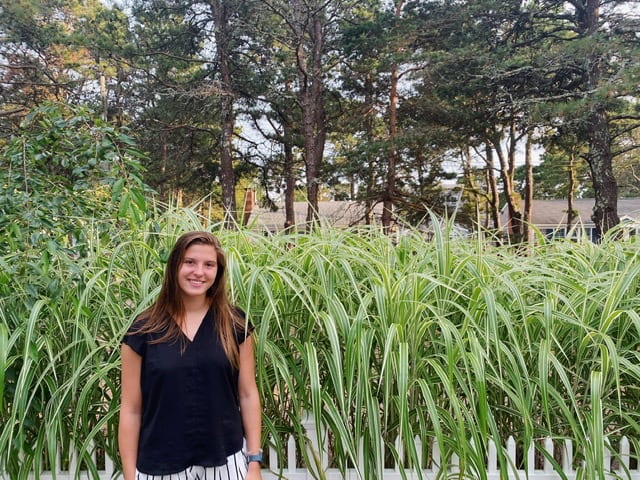
Alana Miniovich’s Blog Post
As my research project, I chose to focus on a condition called Catecholaminergic Polymorphic Ventricular Tachycardia (CPVT) in order to learn more about the anomalies in the human heart, in hopes of aiding the medical research currently being performed on this condition. CPVT is a life-threatening stress and exercise-induced genetic condition that causes abnormally increased heart rates and ventricular arrhythmias. This disease affects 1 in 10,000 people in the world, and symptoms of CPVT often begin showing in children ages 7-12.
It has been found that one of the mutations associated with CPVT is a mutation found in the Calsequestrin-2 gene (CASQ2)2. The results obtained by conducting this research are expected to reveal the relationship between CASQ2 and the origin of CPVT. By determining the role of CASQ2 in regulating calcium transients in cardiac cells, improvements can be made to targeted cellular and molecular therapies for children and young adults affected by this condition.
As I am still in the early stages of this research, my focus has been primarily on solidifying the experimental procedure. I began my studies by first gathering extensive information on the condition: statistics, affected parts of the heart, treatment options, and biological effects on the body. Once I gained a firm understanding on my topic, I was ready to practice the experimental side of the protocol. In order to detect signals in the mouse hearts (experimental subject), I had to learn how to properly and ethically cannulate (extract without damaging major features) the hearts in a way that keeps the tissue alive while performing the experiment. Once I mastered this, I was able to move onto creating thin, uniform slices of the cannulated heart using a compressotome that precisely cuts the heart into slices of desired size. Finally, once the slices were ready, I could move onto optically mapping them to detect signals after stimulating the living tissue.
Experiments rarely go as planned, especially when dealing with living organs, and I found that this part of the protocol was very unreliable and often ended with little to no signal. At this stage in my research, I am still working on adjusting various aspects of the protocol in order to develop a dependable method for keeping the mouse heart slices alive for the duration of the trial. My hope is to solidify the protocol soon so that I can move on to testing with mice that have been scientifically modified to present the CPVT condition. Although I have been stuck on this stage of the process for a couple months now, I continue to remind myself that the heart is a very complex and intricate organ and not all advances can be made quickly. It is important to take it slow and make sure each step is right, because rushing the process will only cause problems down the road. Once I am able to finalize the protocol and work with subjects that have CPVT, I am confident that the results will provide some knowledge that will aid in the understanding and creation of a treatment for this disease.
Bio
Alana Miniovich is a senior at The George Washington University majoring in biomedical engineering. She is currently working in Dr. Igor Efimov’s Lab and her research focuses on the condition called Catecholaminergic Polymorphic Ventricular Tachycardia (CPVT).